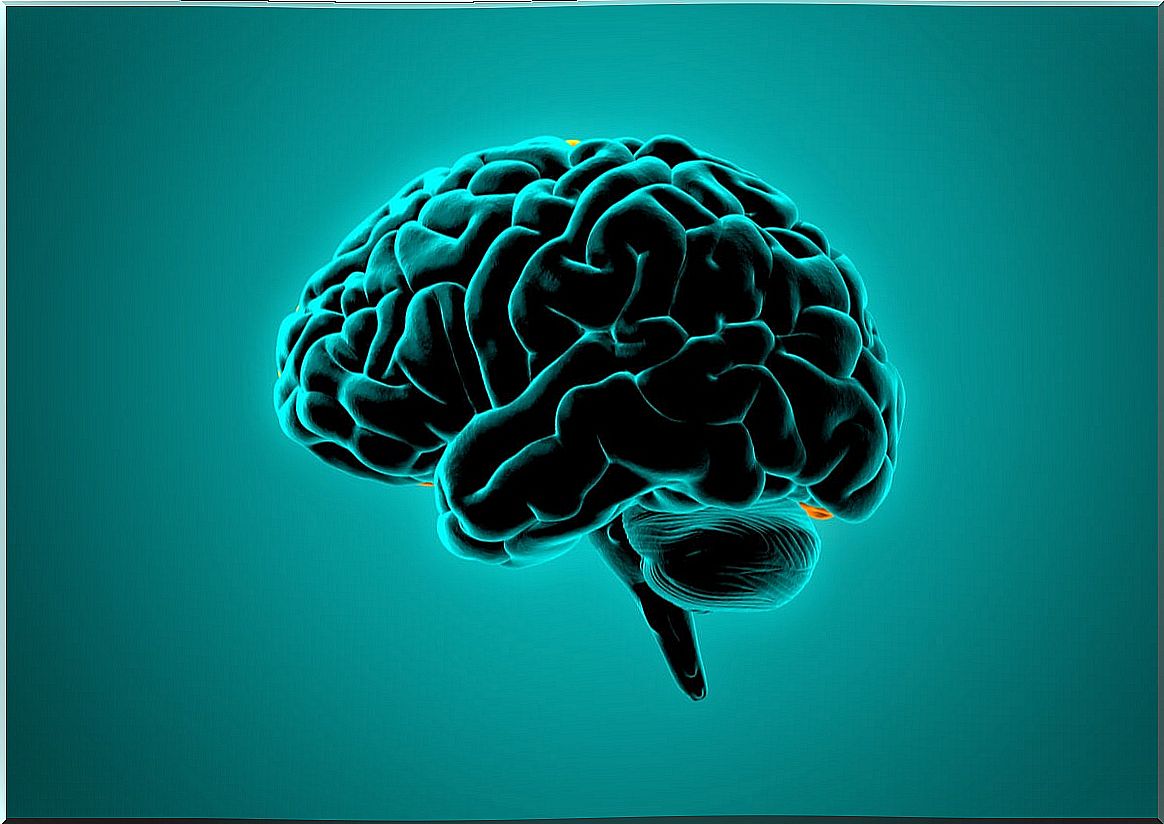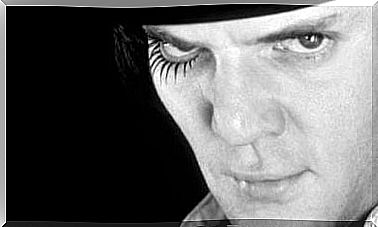Brain Of Violent People, What Neuroscience Says

Statistics tell us that in recent years the number of criminal acts is increasing. What’s in the brains of violent people? Is this inclination genetic? Is there some biological cause behind or is it all the result of a less humane society? The answers to these questions are not very clear.
There are those who point out, yes, that culture itself is the agent that facilitates many of these behaviors, teaching and reinforcing them. We can speak of psychopathy, delinquency or even paraphilias with violent tendencies. However, often, the social and cultural context itself is that scenario capable of prompting the appearance of many of these adverse behaviors.
Vicente Garrido, professor of criminology at the University of Valencia, points out that our world has become less egalitarian and more competitive. This can awaken a part of those violent behaviors. However, we are also interested in knowing what is in the depths of the neurological universe of these people, what is unique and particular to be able to explain this type of stark realities.
We analyze it.

This is the brain of violent people
At the beginning of the year 2000, Cary Stayner, a man in his 40s, was caught who violently murdered 4 women in Yosemite National Park over the course of a year. He was in charge of the maintenance of the park and was that trustworthy figure that many turned to frequently.
During the trial, he stated that since he was 7 years old, he was obsessed with hurting women. His defense alleged mental illness, ordering an MRI to identify neurological abnormalities. However, the judge did not want to take this factor into account and was sentenced to lethal injection.
In a way, something that neurologists point out is that the existence of some brain alteration does not explain violent behavior in 100% of cases. An example of this is Dr. James Fallon. This neurologist has been performing tomographies on psychopaths all his life to show that there are very specific anomalies. On one occasion, he decided to perform this clinical test himself and discovered some abnormalities.
What’s more, James Fallon found out that his paternal family had at least seven people who had committed murders. However, factors, such as having a warm and loving family, had probably prevented the development of this “dark” biological determinism. However, there is evidence that the brain of violent people has certain peculiarities. We analyze them.
The monoamine oxidase gene and decreased serotonin production
Avshalom Caspi and his colleagues carried out a study in 2002. They showed that those children who had been abused in their childhood showed an alteration in the gene that codes for the enzyme monoamine oxidase (MAOA). This anomaly has a clear consequence: more testosterone and less serotonin are produced.
All of this leads to antisocial and violent behaviors. What is striking (and even hopeful) is that this violent behavior can be reduced with the administration of Prozac ® (fluoxetine) an antidepressant that regulates and improves the production of serotonin.
Violent people’s brains have less gray matter
Another significant aspect that has been seen in people who have committed violent acts is an anomaly in the gray matter. They show less thickness in the anterior rostral prefrontal cortex and also in the temporal poles. This translates into two very specific facts: less empathy and less guilt.
The amygdala and aggressive behavior
The amygdala is that small brain region closely related to the processing of emotions. It is a complex structure, but essential for its own survival.
Now, research works such as those carried out at the University of Freiburg (Germany) reveal something interesting related to the brain of violent people.
It has been seen that people with a much smaller amygdala show more aggressive behavior. Furthermore, in many cases hyperstimulation is also seen in this tiny neurological area.

Frustration and lack of impulse control
We are clear that the brain of violent people works differently and that, in most cases, factors such as upbringing, education and the social environment almost always orchestrate these aggressive bases. Now, there is an emotional factor to keep in mind and that is the lack of resistance to frustration added to the absence of impulse control.
The violent person experiences a high emotional burden when he does not get what he wants. This, which is so common in children and so necessary to regulate at an early age, is an absolute danger in adulthood.
Mishandled frustration and inability to control their reactions often lead to aggressive reactions with serious consequences. Especially if it is accompanied by the consumption of alcohol or other substances.
To conclude, although it is true that human behavior is part of the human being, there are biological factors that often orchestrate this behavior. Knowing them is always a tool of great interest and usefulness.









